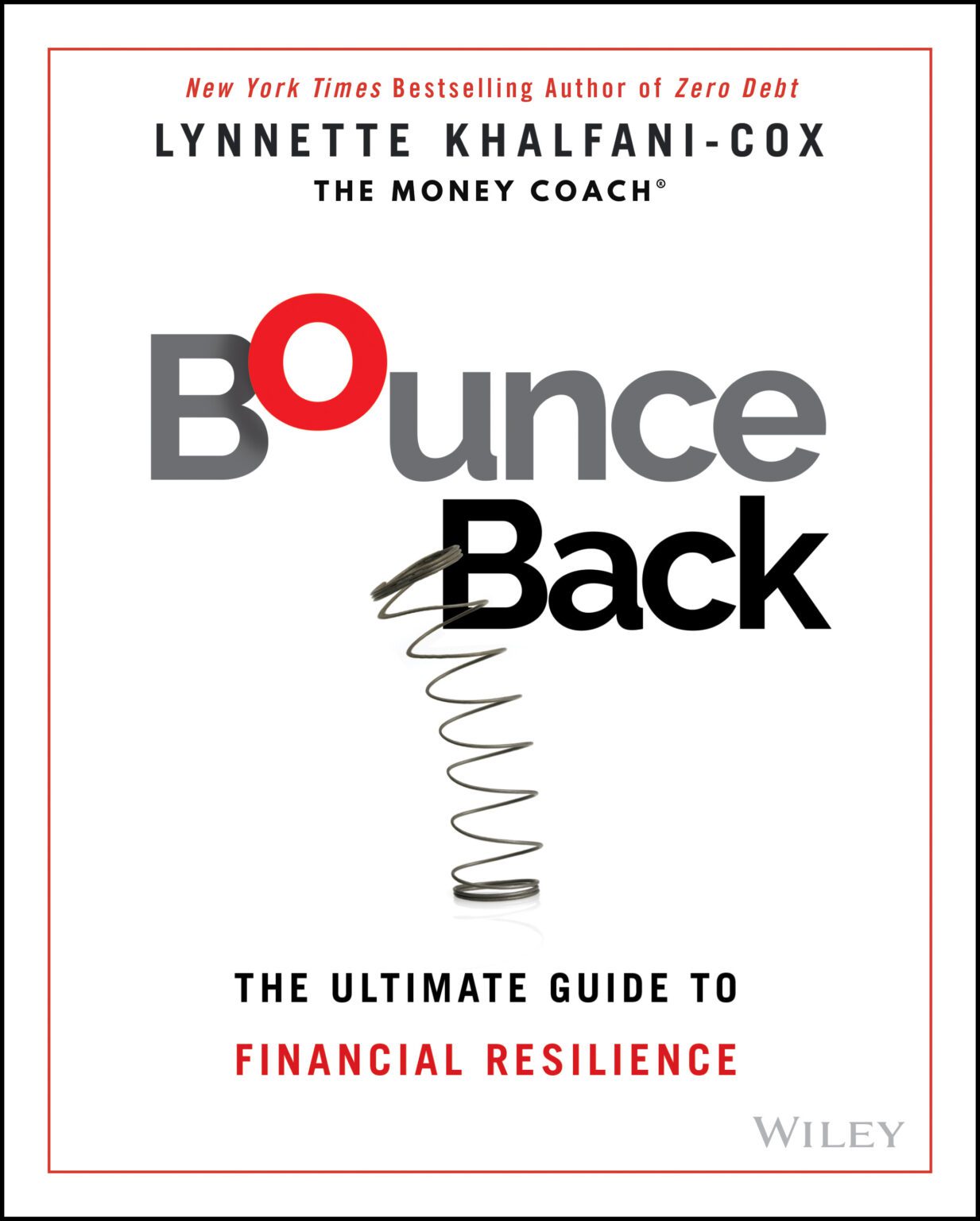If you’re like most people, you know that saving for retirement is essential. But do you know how much money your 401(k) fees may be eating up? The average American has $93,400 in their 401(k) balance when they reach age 50, but these high fees may substantially diminish the amount of savings.
In this blog post, we’ll discuss five strategies to help lower those pesky 401(k) charges and get more bang for your retirement buck. Keep reading to discover how managing and minimizing fees can maximize your retirement investment growth over time.
Understand Your 401(k) Contributions
Planning for your future can seem daunting, but understanding your 401(k) contributions can help you easily reach your financial goals. It’s crucial to review your contributions regularly and see if your employer is matching any of them. This could potentially double your savings and ensure a comfortable retirement.
It is equally essential for employees to understand the rules, regulations, and fees associated with their 401(k), so they can make the most of their contributions. For instance, employers must comply with the required 401k discrimination testing to ensure that their contributions are fair to all employees, regardless of their age or salary.
These tests screen for unequal distribution of 401(k) contributions that might be caused by disparities in age or salary and must be done on an annual basis. Understanding and abiding by the rules and regulations and doing the required discrimination testing will help employees get the most out of their 401(k) contributions.
Compare Fees for Different 401(k) Plans
When selecting a 401(k) plan, it’s easy to get lost in all the financial jargon and fees associated with each plan. But don’t worry. Doing your research and comparing fees is worthwhile in the long run. Make sure to look into all the fees associated with each plan, including management, investment, and any hidden fees that may be lurking beneath the surface.
By carefully comparing these fees against what’s available in the market, you’ll be able to select the plan that offers the most value for your hard-earned money. Investing in your future is important, which is why taking the time to compare fees can lead to a more secure financial future.
Consider Index Funds
Investing in your future can feel daunting, but with index funds, it doesn’t have to be. These low-cost investments have become increasingly popular for good reason. Not only do they provide a solid return on investment, but they also reduce 401(k) expenses.
Index funds provide a way to invest in a basket of stocks or bonds that closely mirrors the overall market. This means that you don’t have to try to outsmart the market or pay high fees for someone else to try to do it for you. The simplicity and effectiveness of index funds make them a reliable and affordable option for any investor looking to grow their retirement savings.
Choose Passive Investments Instead of Actively Managed Funds
Investing in your 401(k) is one of the smartest decisions you can make for your financial future. However, it’s important to choose the right investments to maximize your returns and minimize fees. That’s where passive investments come in handy.
Unlike actively managed funds, passively managed funds typically have lower costs and risks, making it a great choice for those who want to build wealth without sacrificing too much in fees. By choosing passive investments over active ones, you can ensure that the bulk of your retirement savings goes toward growing your nest egg rather than paying for expensive management fees.
Automate Your Contributions
If you’re looking to stay on top of your retirement plan without having to deal with a pile of paperwork, you might want to consider signing up for an automatic 401(k) contribution plan. Not only does this make managing your finances easier, but it can also help keep you on track with meeting your retirement goals.
By automating your contributions, you won’t have to worry about manually making deposits or forgetting to contribute altogether. Additionally, this can save you money on paperwork costs in the long run. With the added benefit of staying on track financially, signing up for an automatic 401(k) contribution plan is a wise investment in your financial future.
Bottom Line
When it comes to creating a retirement fund, there are a wealth of options available to you, and small changes can lead to huge differences in the long run. Understanding the available options, researching what applies to you, and selecting the lowest-cost option will allow you to maximize your retirement savings potential. Remember that no decision is forever; by staying informed on fees and investing policies, you can make adjustments as needed to ensure that your funds are leveraged for maximum gain in the long run.








